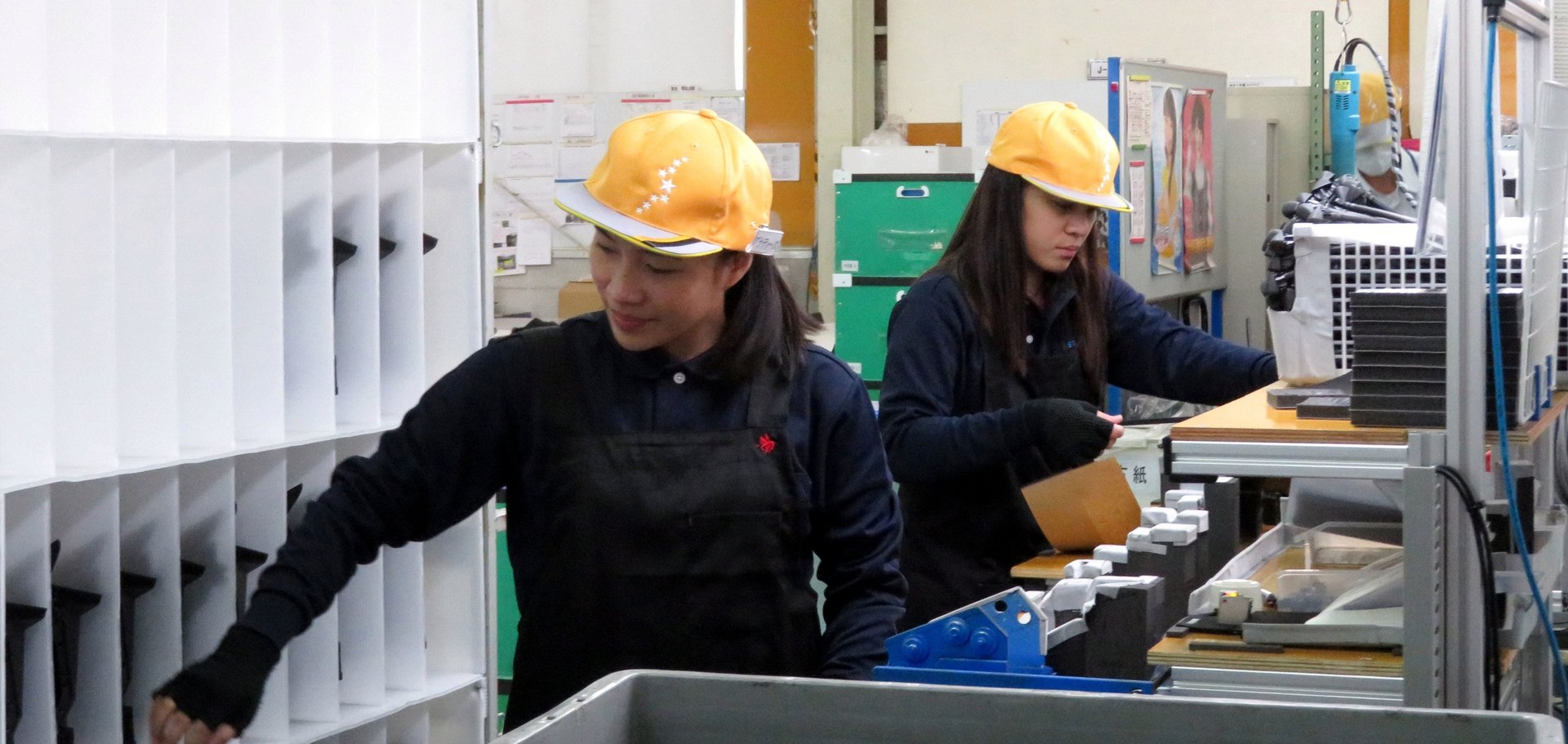Japan’s immigration reforms still treat foreign workers as nothing more than cheap labor
Japan is about to implement the most radical overhaul of its immigration policy in order to allow more workers into the country as its population shrinks. But even strong supporters of allowing more foreign workers argue that the plan is deeply flawed and should be reconsidered.


Japan is about to implement the most radical overhaul of its immigration policy in order to allow more workers into the country as its population shrinks. But even strong supporters of allowing more foreign workers argue that the plan is deeply flawed and should be reconsidered.
Critics say that the plan doesn’t go far enough to address the problems plaguing foreign blue-collar workers who are currently employed in Japan under conditions that make them prone to exploitation. Opposition lawmakers have tried to stymie the passage of the vote through Japan’s parliament on those grounds, but after hastily passing the lower house earlier this week, the Immigration Control and Refugee Recognition Act is set to get approval (paywall) in the upper chamber today (Nov. 7), before becoming law in April.
“A system that only allows for foreign nationals to be considered as labor and sends them home when they lose their job and residency status must not be accepted,” Sachi Takaya, an associate professor at Osaka University who studies migration, said during a government hearing this week on the proposed bill.
There are some 1.3 million foreign workers in Japan as of 2017, a 17% increase from the previous year, as businesses across Japan desperately try to fill positions in industries ranging from construction to food preparation to nursing amid a shrinkage in the working population. Right now, many foreign workers filling manual jobs are in the country on temporary trainee visas that lock them into employers, barring them from gaining residency rights and often leaving them living on the margins of Japanese society.
According to Japan’s justice ministry, in figures revealed by an opposition party this week, 69 “trainees” died (paywall) between 2015 and 2017, while many others have left their jobs because of low wages or poor conditions. Last month, the opposition accused the government of under-reporting the number of trainees who were facing harsh working conditions in its analysis of why these workers left their jobs, a mistake the government said was the result of an input error in Microsoft Excel.
The bill, which would introduce two new work-visa categories, would improve the conditions for such workers by allowing those with specified skills in some of the most labor-starved industries to live and work in Japan for up to five years. The new visa status would allow such workers more flexibility in changing jobs, which would in theory make them less vulnerable to exploitative employers. The second category for more skilled workers doesn’t limit the number of times they can renew their visas and allows them to bring their families to Japan.
Currently only highly skilled foreign professionals such as entrepreneurs, academics, and scientists are able to apply for long-term residency visas.
But opponents of the bill contend that the new system doesn’t go far enough, and is vague on important specifics—some say deliberately so, as prime minister Shinzo Abe’s government tries to uphold an illusion that this isn’t an “immigration policy,” but a labor one, as a significant proportion of Japanese people remain wary of a large influx of foreigners. The left-leaning Mainichi newspaper in an editorial this week called for the government to abolish the trainee system altogether, and enact a more comprehensive immigration policy that “recognizes [foreign workers] as members of Japanese society and supports their daily lives.”